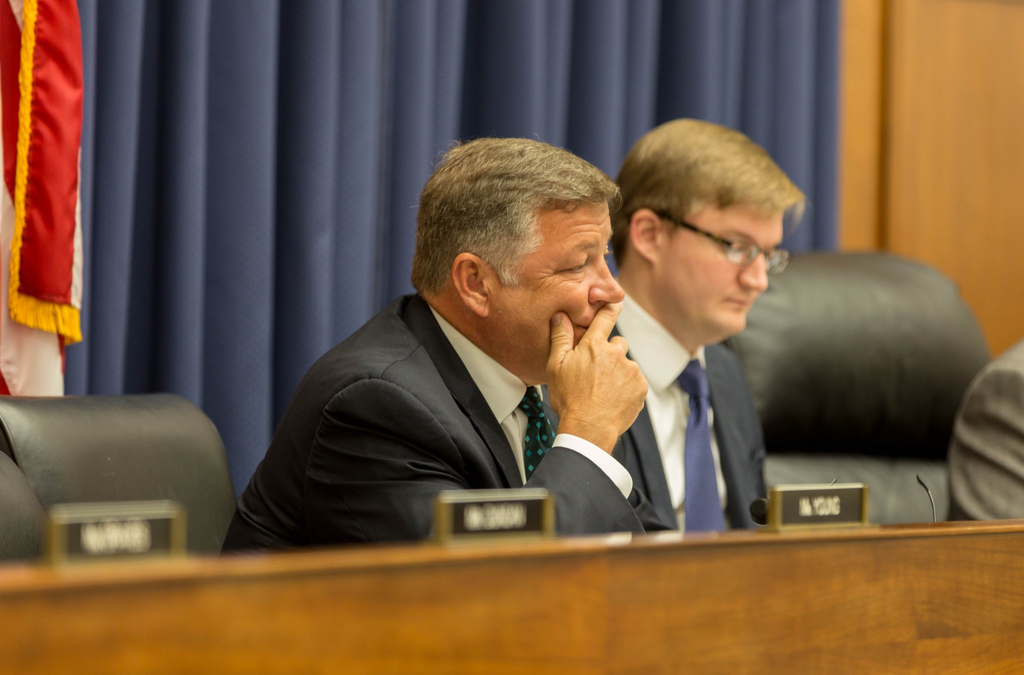WASHINGTON – Congress needs to stop stalling and take action to ensure the rising number of near misses by planes and the dangers of unregulated drones in commercial air space are addressed, the top Democrat on the House Transportation and Infrastructure Committee said Tuesday.
Rep. Peter DeFazio, D-Ore., told a transportation subcommittee that Congress has not required some planes to have satellite-based tracking technology until 2020. Not all commercial planes have Automatic Dependent Surveillance-Broadcast out transmitters, which send signals to satellites and provide location data for air traffic controllers to better direct aircraft. The Federal Aviation Administration says ADS-B technology makes air travel safer and more efficient. The FAA first tested ADS-B in 1992.
He also opposed a bill to eliminate the airport tax passengers pay, which is typically included in the ticket price. The airlines then pass most of it to the airports. DeFazio said cutting the tax would not reduce what passengers pay because the airlines likely would just raise ticket prices by the amount of the tax.
The airport tax funds such expenses as salaries of air traffic controllers, and DeFazio says cutting the tax would lose $8 billion in revenue for air traffic controllers in the next 10 years.
DeFazio criticized calls to privatize the FAA and air traffic controllers, citing recent deregulating of the agency, which has hindered its ability to enforce safety standards at airports.
“I understand the frustration of NATCA (the National Air Traffic Controllers Association) and the frustration of others, because of idiots in Congress who adopt things like sequestrations and shutdowns and apply it to programs that are fully funded,” DeFazio said.
While there have been no passenger fatalities in planes operated by U.S. carriers since 2009, near misses are a concern, according to the National Transportation Safety Board’s preliminary report statistics for 2016.
For instance, an Air Canada jet nearly collided with four planes waiting to take off at San Francisco International Airport last year. The accident would have involved almost 900 people.
Another concern in aviation security is the proliferation of recreational unmanned aircraft systems, known as drones, DeFazio said. He added that the amendments to the FAA regulation of drones mean that not all drones are registered with the FAA, and the agency has no way to trace these drones to an owner.
“It seems to me that that’s pretty minimal, that we would require that they be registered and or potentially licensed,” DeFazio said.
From January to September 2016, the FAA reported 1,696 drone sightings and close encounters, up from 1,364 during the same period in 2015.
Last September, a drone collided with an Army helicopter, putting a dent in its blade. It was the first reported collision between a drone and an aircraft in the U.S. Matthew Hampton, assistant inspector general of the Department of Transportation said his office’s greatest concern with drones is future collisions with aircraft.
“It’s not when, but if there’s a close collision with a commercial aircraft, and we just hope there’s no passenger injuries or fatalities,” Hampton said.


